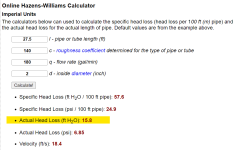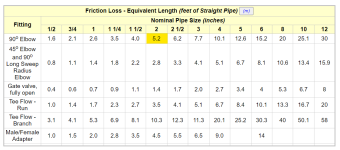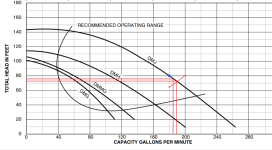The other pump labeled as 3.7 kw might be closer to 5 kw depending how the manufacturer labels the motor.
It’s always confusing, so you should ask Pentair and Leeson to tell you the actual input power for that pump.
Also, ask Leeson to explain the proper way to test the motor for power, power factor, voltage and current and how close the current on each leg should be.
Also ask about the resistance test for the windings and what the ohm values should be.
It’s always confusing, so you should ask Pentair and Leeson to tell you the actual input power for that pump.
Also, ask Leeson to explain the proper way to test the motor for power, power factor, voltage and current and how close the current on each leg should be.
Also ask about the resistance test for the windings and what the ohm values should be.






